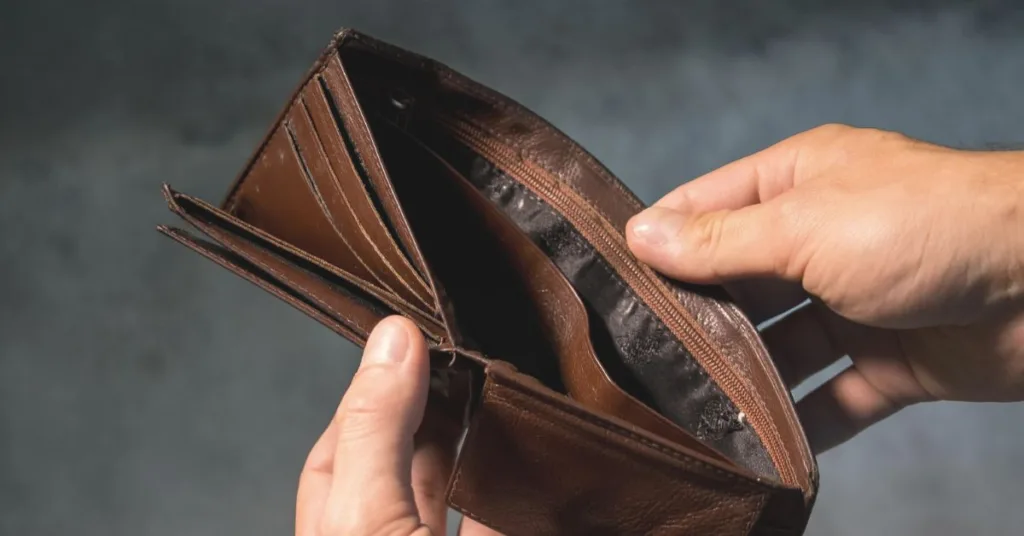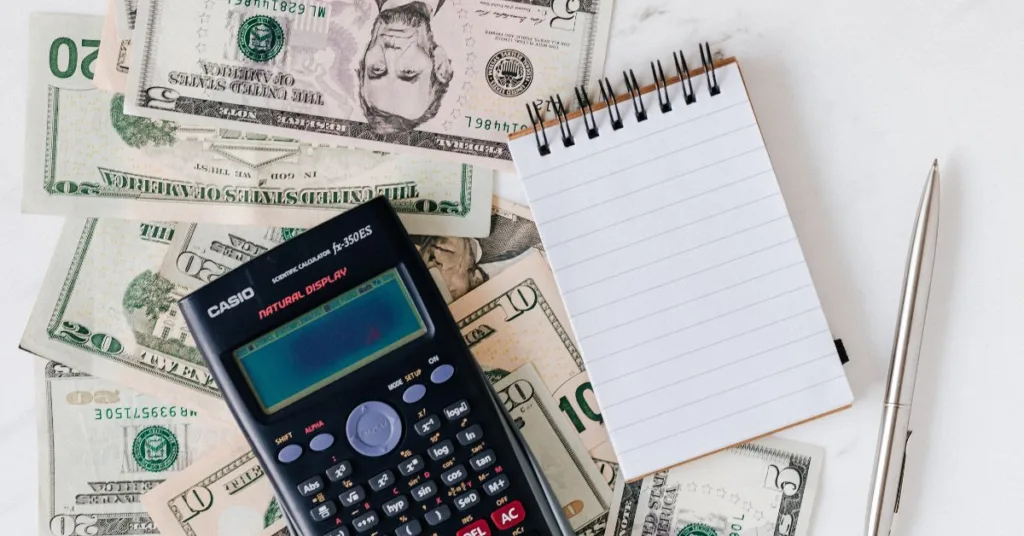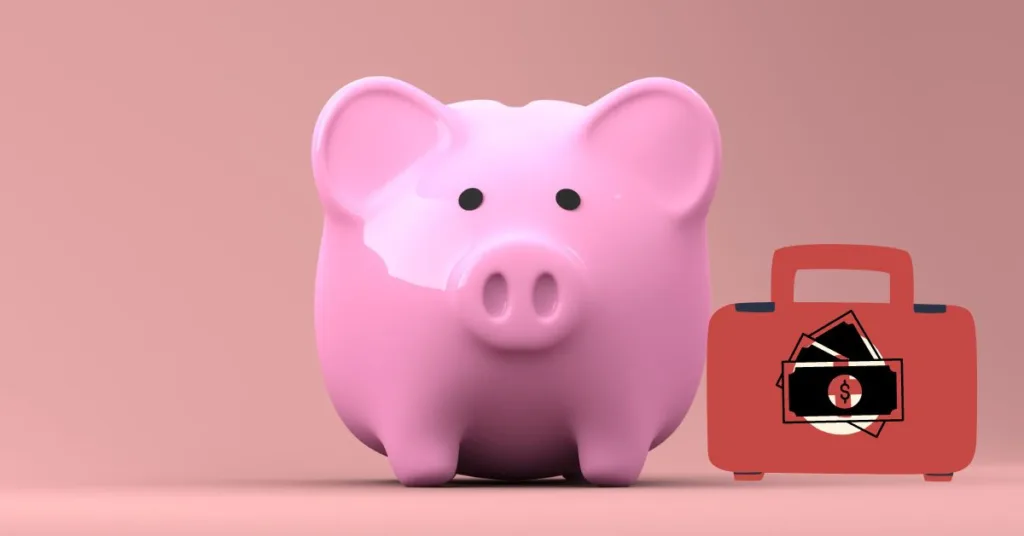This post may contain affiliate links to products or services. I may receive a commission for purchases made through these links with no cost on you. Please read my disclosure for more information.
Envelope budgeting is a straightforward yet incredibly effective way to take control of your finances and ensure that every dollar you earn has a purpose.
I have discussed other budgeting methods and strategies to manage your money effectively in this blog. From zero-based budgeting to 50/30/20 rule, the options seem endless.
However, sometimes the simplest solutions are the most powerful. One such method that has stood the test of time is envelope budgeting.
In this post, we’ll dive deeper to what is envelope system, its pros and cons and show you some examples on how to effectively implement this envelope budgeting.
WHAT IS ENVELOPE BUDGETING?
Envelope budgeting is a method of personal finance management where you allocate physical envelopes for different spending categories.
Each envelope represents a specific budgeted amount for expenses such as groceries, entertainment, transportation, etc.
Once the cash in an envelope is spent, you cannot spend more in that category until the next budgeting period.
PROS OF ENVELOPE BUDGETING
Tangible and Visual Representation: Envelopes provide a physical representation of your budget, making it easy to see where your money is going and helping you stay accountable.
Encourages Discipline: By limiting spending to the cash in envelopes, you’re forced to prioritize and make conscious decisions about your expenses, promoting financial discipline.
Flexibility: Envelope budgeting allows for adjustments to spending categories as needed, providing the flexibility to adapt to changing financial circumstances.
Eliminates the Need for Credit Cards: Using cash for discretionary spending reduces reliance on credit cards, helping you to avoid debt accumulation and promoting responsible financial habits.
CONS OF ENVELOPE BUDGETING
Inconvenient for Some Transactions: Envelope budgeting may be impractical for certain transactions, such as online purchases or bills that require electronic payment.
Risk of Loss or Theft: Carrying around large sums of cash can pose a security risk, as there’s a potential for loss or theft.
Requires Regular Maintenance: Envelopes need to be regularly replenished and adjusted based on spending patterns, requiring ongoing effort and attention.
Limited to Cash Transactions: Envelope budgeting is primarily suited for cash transactions, which may not be feasible or convenient for everyone, especially in today’s increasingly digital world.
HOW TO IMPLEMENT THE ENVELOPE BUDGETING
Implementing this method of budgeting requires a few practical steps to set up and maintain. Here’s a guide on how to do envelope budgeting effectively:
1. Assess Your Income and Expenses
- Calculate your monthly income after taxes.
- List all your expenses, including fixed expenses (rent/mortgage, utilities, insurance) and variable expenses (groceries, dining out, entertainment).
- Determine how much you want to allocate to each expense category based on your income and financial goals.
Tip: Begin with a few envelopes and gradually expand as you become more comfortable with the system.
2. Gather Supplies
- Obtain envelopes or small containers to represent each spending category.
- You may also use digital tools like spreadsheet software or budgeting apps to track your envelopes electronically if preferred.
3. Label Your Envelopes
- Label each envelope with a specific spending category, such as groceries, dining out, transportation, entertainment, etc.
- Be clear and specific with your labeling to avoid confusion.
Tip: Keep your envelopes in a safe and accessible location to streamline the budgeting process.
4. Allocate Cash
- Withdraw cash from your bank account based on your budgeted amounts for each category.
- Distribute the cash into the corresponding envelopes according to your budget allocations.
5. Track Your Spending
- Whenever you make a purchase, take the money from the appropriate envelope.
- Keep track of your spending by writing down each transaction or using a budgeting app to record them digitally.
- Regularly update your envelope balances to ensure you’re staying within your budgeted amounts for each category.
6. Adjust as Needed
- Periodically review your spending habits and adjust your envelope allocations accordingly.
- If you consistently overspend in a certain category, consider reallocating funds from other envelopes or finding ways to reduce expenses in that area.
7. Replenish Envelopes
- At the beginning of each budgeting period (e.g., monthly or bi-weekly), replenish your envelopes with cash.
- Use any leftover funds from the previous period to supplement your envelopes or allocate them towards savings or debt repayment.
8. Stay Disciplined
- Stick to your envelope budgeting system even when faced with temptation or unexpected expenses.
- Remember that once an envelope is empty, you cannot spend more in that category until the next budgeting period.
9. Review and Reflect
- Regularly review your budgeting progress and reflect on your financial goals.
- Celebrate successes and identify areas for improvement to continue refining your budgeting skills.
By following these practical steps, you can effectively implement envelope budgeting and take control of your finances with clarity and purpose.
Remember that consistency and discipline are key to making envelope budgeting work for you.
CONCLUSION
In conclusion, envelope budgeting is a timeless method that offers simplicity, discipline, and control over your finances.
Whether you’re striving to pay off debt, save for a big purchase, or simply gain a better understanding of your spending habits, envelope budgeting can help you achieve your financial goals.
So why not give it a try? Take a step back from the digital noise and embrace the power of the humble envelope. Your wallet will thank you for it.
ACTION PLAN
1. Assess your income and expenses.
2. Create envelopes for various spending categories such as groceries, dining out, transportation, entertainment, etc.
3. Allocate a specific amount of cash to each envelope based on your budgeted expenses for the month.
4. Use the cash in each envelope to cover expenses in its respective category throughout the budgeting period.
5. When the cash in an envelope runs out, refrain from spending more in that category until the next budgeting period.
6. Periodically review your budget and spending habits to identify areas for improvement and make necessary adjustments.
7. Try this budgeting method for a month or see and see if is right for you.
Check out other budgeting methods:





